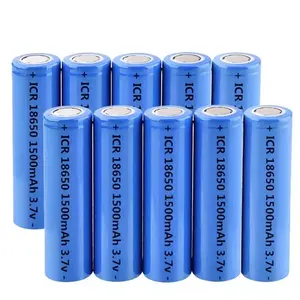
Rechargeable 3.2V Lifepo4 Battery 14500 18500 18650 Lifepo4 Cell For Solar Light Battery Cells 3.7v Aaa Li-ion Battery

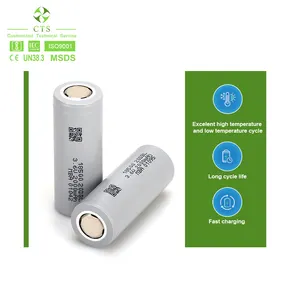
High-current 18650 Lithium Ion Battery 2200mah 2500mah 2600mah 3000mah 3.7v Li-ion Rechargeable Batteries 18650 Battery 3500mah



Batteries 18650 Rechargeable Icr 18650 Batteries Lithium Ion Battery Pack 7.4v 11.1v 14.8v Rechargeable Electric Skateboard Battery


2021 Best sell Rechargeable Li Ion Bateras IMREN 18650 3.7v 2500mah INR 18650 25RS Battery With PCB Protected
Ready to Ship
$3.00 - $3.20
Min Order: 200 pieces
Shipping per piece: $0.24
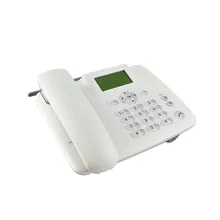



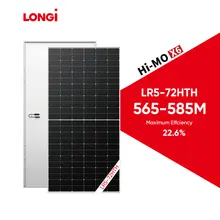
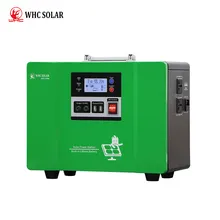


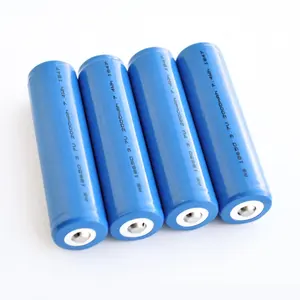








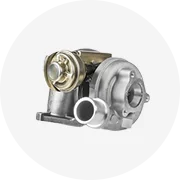









 浙公网安备 33010002000092号
浙公网安备 33010002000092号 浙B2-20120091-4
浙B2-20120091-4